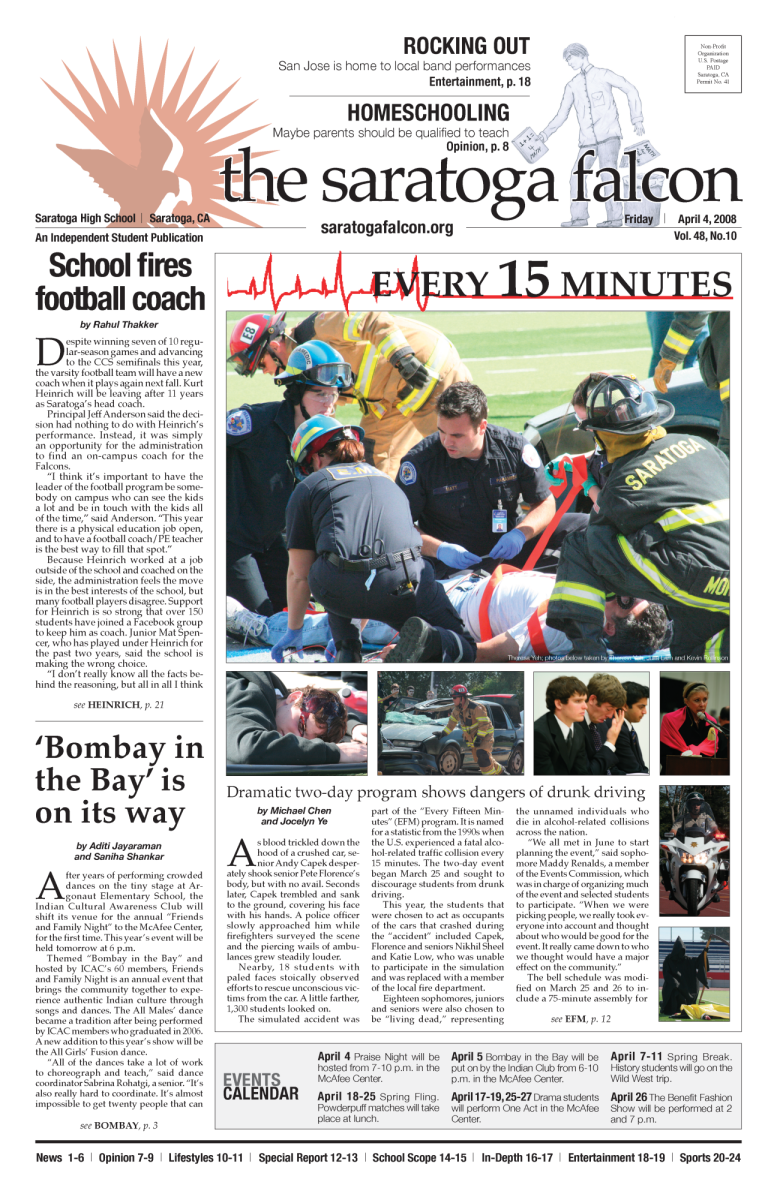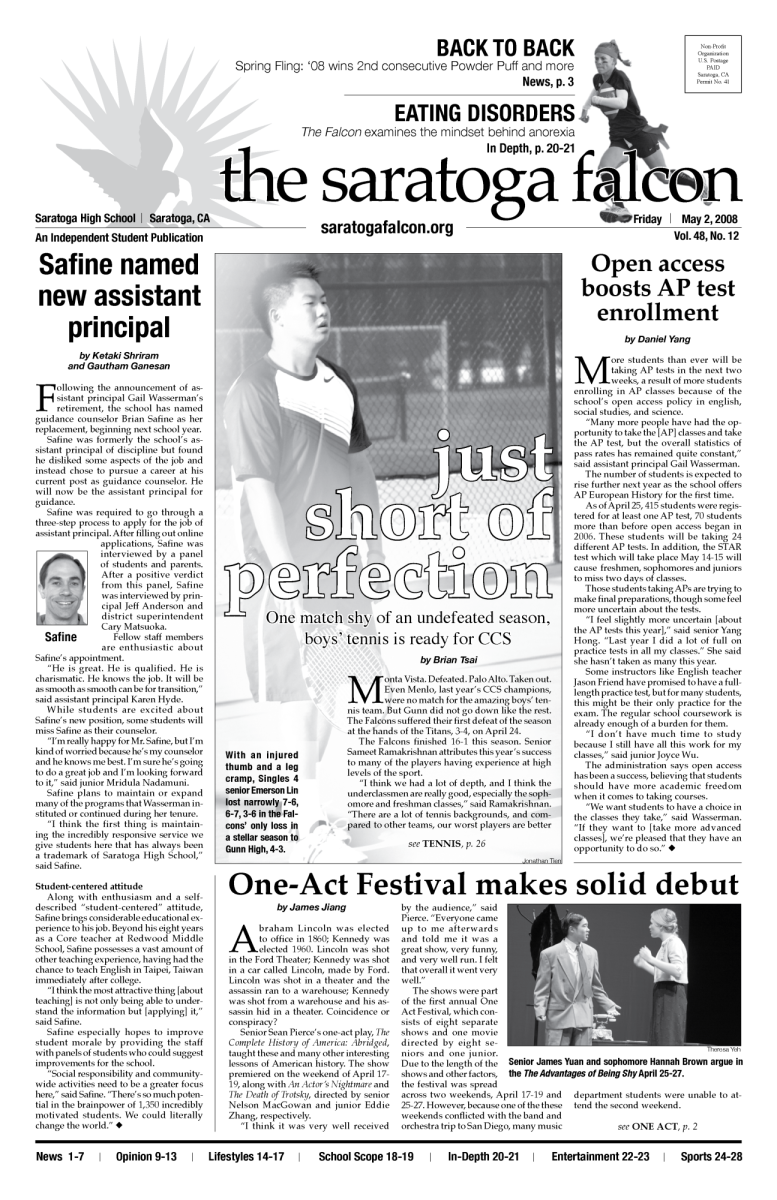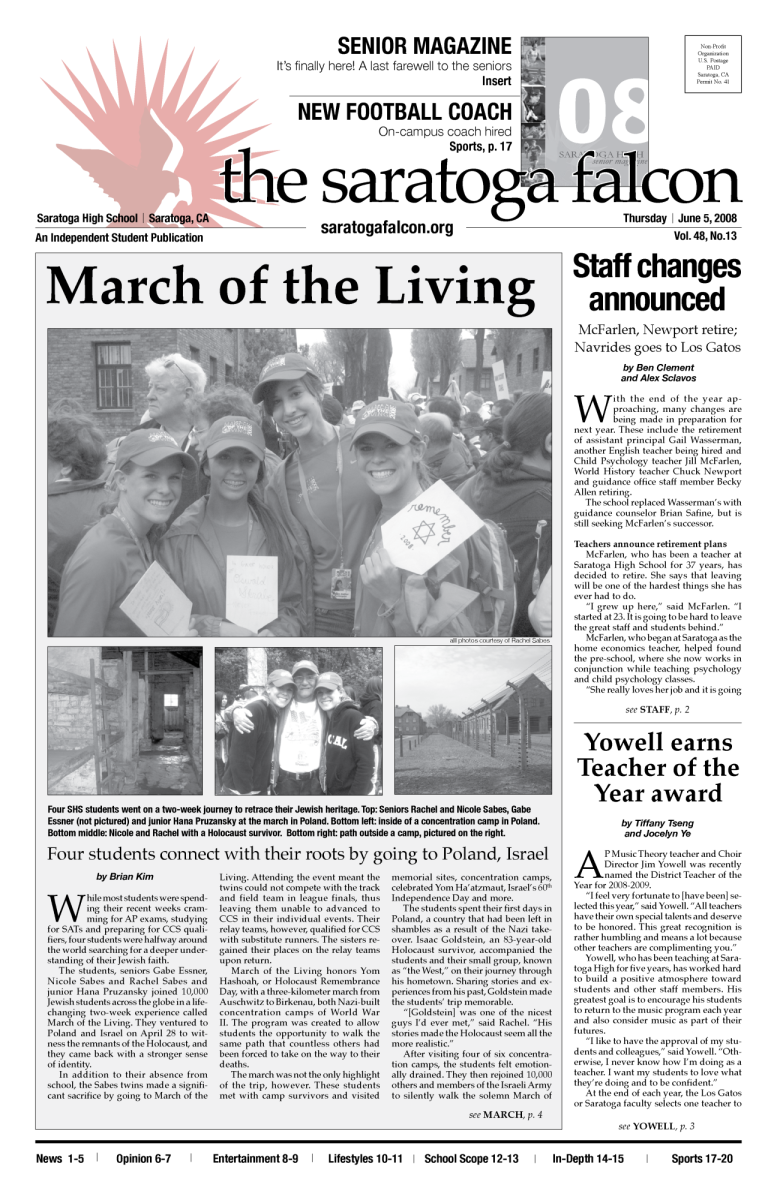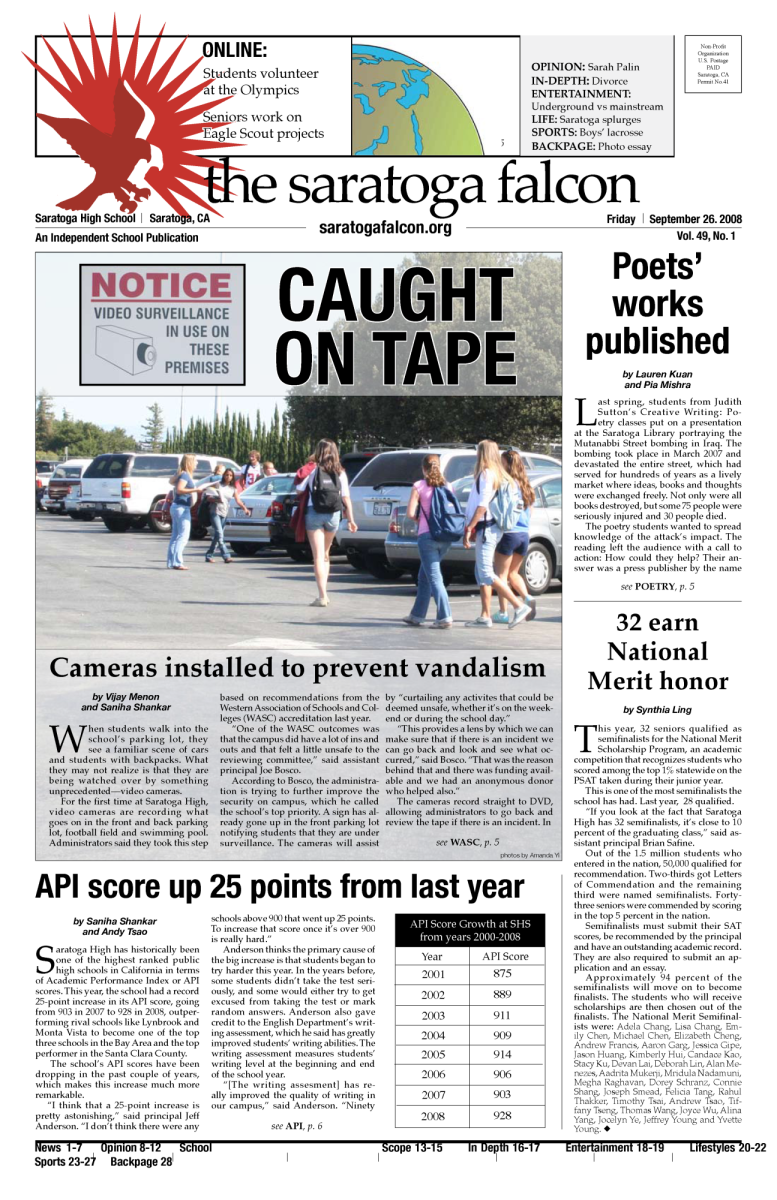Sophomore Anica Liu stood in front of her students, who are around the ages of 9 and 10, as she taught them to perform a double roundhouse kick. Her old instructor held up two targets as Liu skillfully kicked both in a swift movement.
Now in her sixth year of taekwondo, Liu recently joined ITF Mightyfist Taekwondo’s instructor team, comprised of both adults and high school students.
“The older teacher is wiser and more experienced, but it's easier to share a laugh with someone when they are closer to your age,” Liu said.
How do students learn best? The most traditional method is through an adult teacher conducting lessons or giving lectures. But research shows teens often learn just as well or better when they receive instructions from their peers. Many adult teachers know this, and take advantage of the power of peer teaching in their classes.
One example of highly focused peer teaching occurs at DeltaX Academy, a non-profit organization devoted to the study of computer science, physics and economics, among other topics. It was founded by junior Henry Weng and senior Felix Chen.
Sophomore Jason Lin attended the non-profit’s week-long Ramp Up to AP Computer Science class for three hours a day. It was taught by students with deep experience in computer science.
“The class seemed really interesting because student-teachers offered a different perspective on computer science,” Lin said. “It was weird at first because students my age were teaching me, but it just took a bit of getting used to.”
In their Java classes, DeltaX’s typical teaching method is to project code onto a projector screen, simultaneously typing and explaining.
Lin said that despite their teaching style being slightly different from what he has seen so far in Saratoga High’s AP Computer Science class, where the problem and solution are positioned on different slides, the outcome is essentially the same. He also enjoyed that the instructors provided an incentive for correctly answering questions by awarding Starburst candies, thus keeping the class lively.
“Their method is actually really effective,” Lin said. “DeltaX has really helped me in school. I’ll always remember the time I spent there.”
Lin is not alone in observing the effectiveness of peer teaching. In 1982, a study conducted by researchers at the University of Utah in the Society for Research in Child Development investigated this same teaching method.
They set up an experiment in which a selection of 7-year-olds — the students — were paired up with either a mother with children of their age or with a 9-year-old student — the teachers. The goal was to have the teachers instruct the students to identify and classify objects.
The study concluded that while students of the 9-year-olds performed marginally worse than those of the adults for this specific task, the results did not hold true for recently learned material due to the 9-year-olds’ superior childhood social skills. The proximity in age allowed the students to feel more connected and comfortable with their teacher.
Junior Dora Hu also saw this phenomenon in action when she started teaching at Redwood Middle School’s Toga Junior Math Club (TJMC) as a sophomore. That year, she was one of the assistant coaches for the Blue Group, a subgroup for more experienced mathletes. Many of the students in that class were her former classmates from middle school.
“I felt more comfortable talking to those students,” Hu said. “I felt a stronger connection to them because we were closer in age.”
Now, in her first year as head coach of the Green Group, meant for enthusiastic students with less experience, Hu is less familiar with the students and has called some of them by the wrong name.
Entering her 12th week as head coach, Hu felt that while the beginning of the year was rough, she has now developed a stronger bond with her students.
However, teen teaching should not only be gauged by how well the student learns, but also how it benefits the growing teens.
In opening up, Hu felt that she has grown greatly from her years at TJMC. By utilizing her own teaching methods in addition to her own teachers’, she now feels like more of a leader with improved public speaking.
“Teaching is a lot harder than learning,” Hu said. “It really forces you to understand the material and pushes you to be a better version of yourself.”
Math teacher PJ Yim, who has acted as the adviser of the Redwood Math Club for the past 11 years, expressed his observations on the effectiveness of teen teaching.
In Yim’s high school days, his classmates would often be unable to follow their teacher’s long-winded lectures, asking him for clarification after class.
“I used 90 percent of the same words as the teacher just used, and they just got it,” Yim said. “‘You’re so much better than that Mr. Sullivan,’ they would say.”
From this experience, Yim observed that students learned better from people closer to their age because they were seen as more approachable figures. He confirmed this discovery when he began teaching in the suburbs of Boston.
At the time, his area had a program in which African American and Latino students would be bused out from the inner city — Dorchester, where he grew up — to suburban schools. Yim found himself surrounded by several minority students in a predominantly Caucasian neighborhood.
“When you see an Asian teacher teaching math, you think they grew up in the suburbs,” Yim said. “But after we talked a little bit, they found out that I grew up in the same neighborhood as they did. Those students who didn’t feel like they belonged started talking to me.”
Shortly thereafter, Yim became a role model because he had grown up in his students’ shoes. However, he felt that he wouldn’t have gotten this opportunity if not for his young age. He also acknowledged yet another benefit of younger teachers: They are less fearful of making mistakes and trying different teaching methods.
“Young kids not knowing the pitfalls of what doesn’t work allows them to try new things,” Yim said.
While peer teaching does indeed have many benefits, there are also several downsides that parents fear. One is that the approach of peer teachers isn’t organized or based on experience.
Other drawbacks include teens’ limited knowledge compared to adult college graduates and lack of focus on teaching.
Another difference that can cause teen teachers to be less effective than adult teachers is that courses like DeltaX generally do not have homework or grades, leading some students to feel less motivated to reinforce what they learned. The stakes are low, so it means the motivation on the part of students needs to be high for it to work.
While traditional teaching methods have proven to work well, peer-to-peer teaching also serve as a valuable instructional tool to be used inside and outside the classroom.
“Adult teaching is still very important because adults have more experience,” Hu said. “But it’s it’s easier to connect with people closer in age and to create a more casual atmosphere.”



























